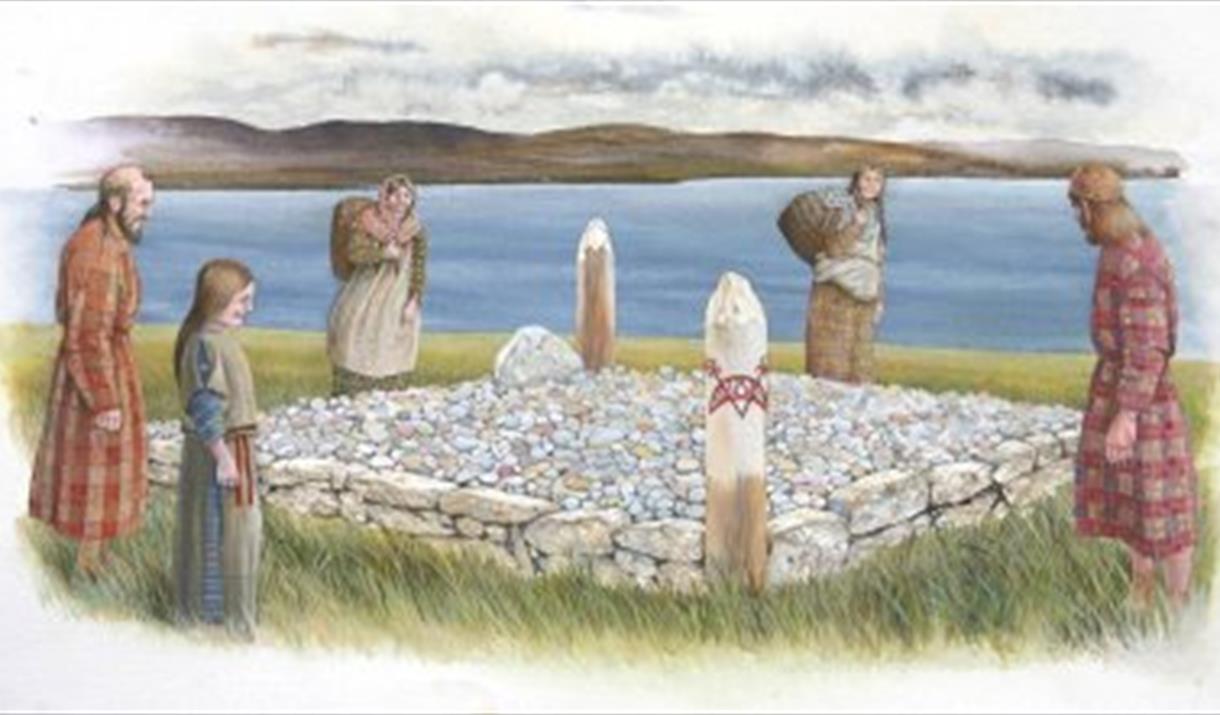To provide you with the best experience, cookies are used on this site. Learn more

To provide you with the best experience, cookies are used on this site. Learn more


A large seal with a forehead and less spots than the Harbour Seal. Males can be up to 3.3…
Common seals are brown, tan, or grey, with distinctive V-shaped nostrils.
At Beinn a'Chlaidh - Hill of the Graveyard - there is a standing stone.
Giant Mackaskill Monument is located ti the South of Berneray.
Loch Bhurigh is easily accessible from the machair to the south of the island.
These two converted blackhouses now form the Berneray hostel site of the Gatliff Trust…
This is a large, heavy-billed diver can resemble a goose, especially in flight.
A truly stunning beach and was voted in 2021 as no. 3 in Lonely Planet's Top 20 Best…
The Birlinn Yarn Company studio sells locally sourced yarn in a range of natural blends…
Download the Uist Unearthed app and discover two sites in one at Dùn an Sticir! Watch the…
The remains of a stronghold occupy the whole of a tiny islet in the middle of the tidal…
Berneray and the nearby island of Pabbay lie in the Sound of Harris between North Uist…
Ben Ghainche is a small hill situated at the north end of the beach at Bearsdaire
The Sound of Harris ferry runs between Berneray and Leverburgh. The route meanders round…